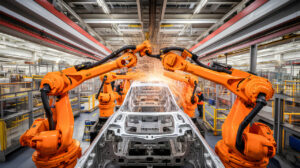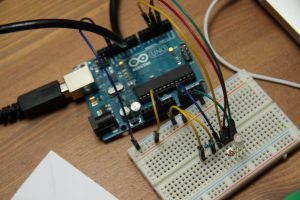Cover Image: “Handoff” by Erik Charlton is licensed under CC BY 2.0
When most people think about robots, they dream about images of robots that look like people: humanoids, walking bots, and features that mimic the way humans move, interact, and perform. In this article, we will explore common applications of robotics: haptics, gripping, and robot hands.
More specifically, robots are becoming increasingly realistic in modeling humans. However, one field of robotics known as manipulation has been very challenging from the start. Being able to grip and move objects has always been difficult for robots. The human hand is hard to translate into a formula or mechatronic system.
In this article, we will explore the research and applications of robotic manipulation, including:
- The science behind manipulating deformable objects using robots;
- How human hands are the model for robotic grasping;
- The design tools and impact of materials for robot hands;
- Material technology used to model robot skin; and,
- What we can look forward to once robot manipulation and collaboration become safer and effective.
Let’s jump into it.
Human Hands vs. Robot Hands for Manipulation
The fantastic abilities of human hands in manipulating objects they can control have confined spaces in the advanced capabilities of our hands. Robotic hands can autonomously manipulate objects, making it easy to string together a sequence of moves for pick-and-place applications.
Today, with the introduction of artificial intelligence, automated reasoning, and overwhelming data, robots are designed to work smarter. They can adapt to uncertainty and forces upon contact.
Additionally, robots can perform tasks that are complex such as hammering or inserting pegs in holes. The goal, however, is to upgrade the field of robotics manipulation using simple fingered grippers.
Roboticists are solving the challenge of producing human-like hands with multi-purpose fine manipulation. Manipulation requires advanced algorithms to facilitate handling objects with a guarantee. As a result, the market has seen an influx of sensors to improve the control of hand object contacts. This includes sensing and measuring noise and adaptive control to analyze physical properties.
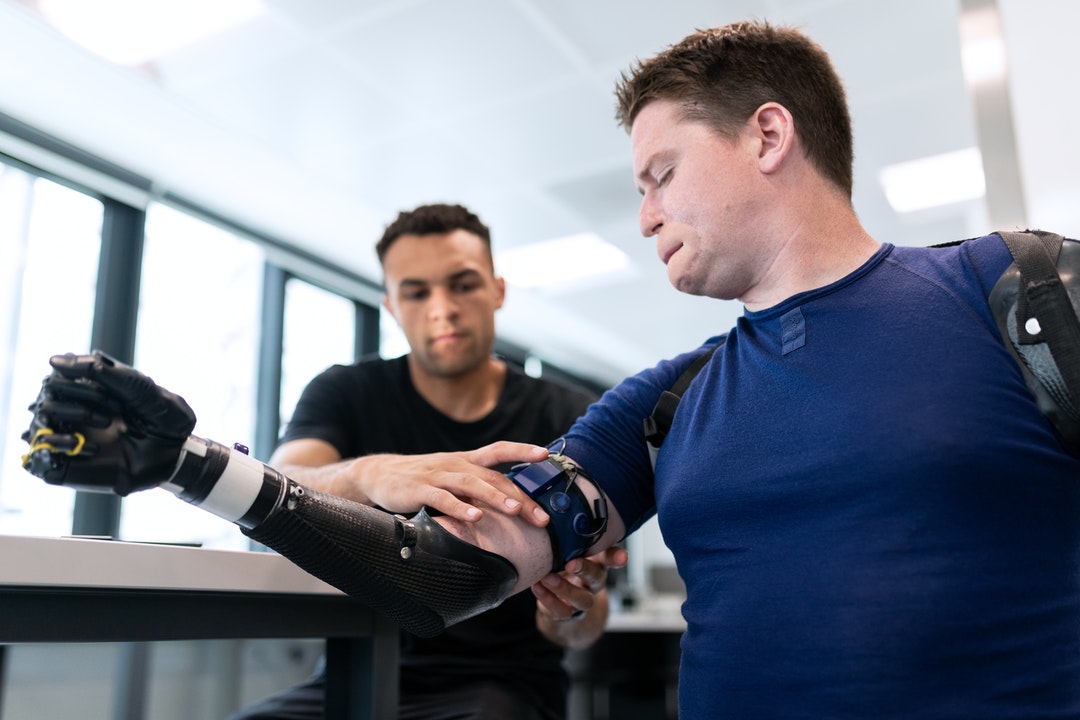
Designing Robotic Hands to Manipulate Deformable Objects
Designing robotic hands is difficult. Although different studies and researchers have shown relevant innovation and improvement for more than five decades, common hand applications are still the same with jaw grippers. It does not allow a sense of grasping akin to the human thumb and index finger.
A simple jaw gripper hand can perform simple pick-and-place tasks. If you want to be able to identify materials and tactile feedback, a simple gripper will not suffice.
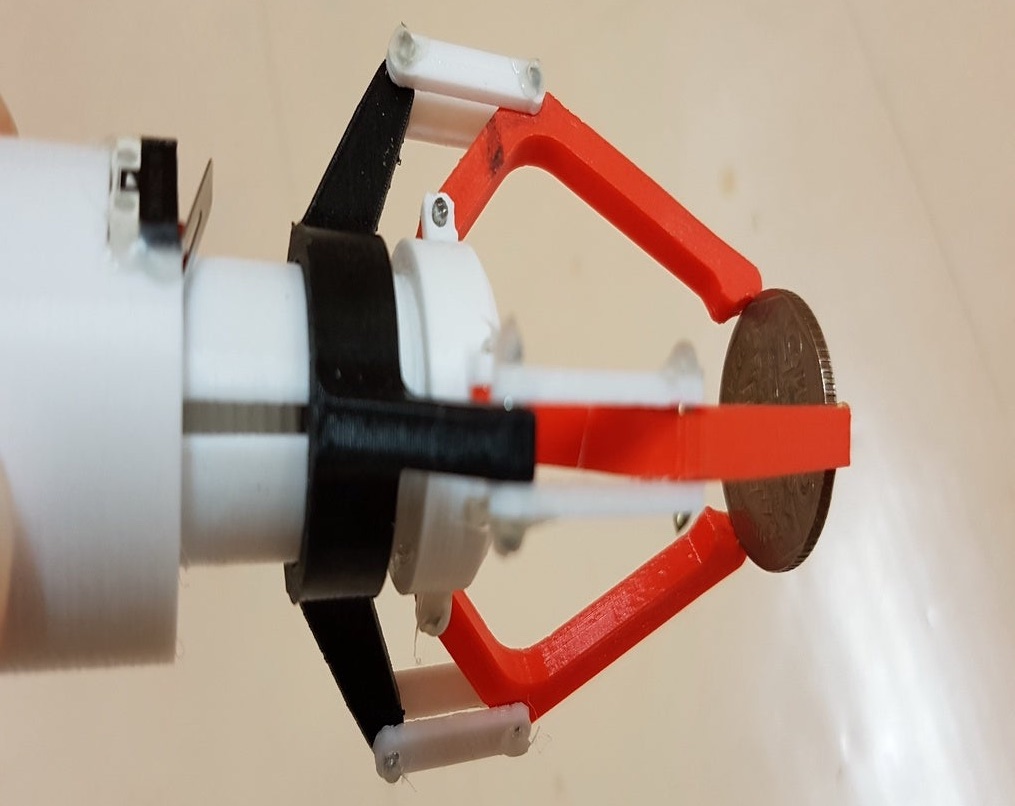
Designing robotic hands with sensors and actuating to the human hand is difficult for many reasons. Take an anthropomorphic hand as an example. The way it fits necessary actuators in its mechanical structures is challenging. One of its other challenges is how to keep the total hand weight under the payload requirements. As a result, the hand has limited degrees of freedom.
Deal: Download a 12-month free subscription to Fusion 360 for Hobbyists, here.
Manipulate Deformable Objects with Robots: 3D Design and Manufacturing Play a Role
Our soft human hands are flexible with a distinct motion that is difficult to mathematically replicate because of its intricate combination of tendons. Nowadays, robotic hands are mainly composed of flexible plastics with metal components. However, its rigidity could cause room for mistakes when executing grasps. It may grasp an object, but it is not a perfect science. There is still a possibility that the hand will crush the object.
As a result, there are increased studies focused on soft robotic hands. These hands can manipulate and conform to an object’s shape and compensate for load change when manipulating.
With advances in software, 3D modeling, and materials, roboticists can design, prototype, and construct soft robotic hands. Foldable plastic fingers are more similar to the human hand. Opting for hydraulic action may be preferred for light object manipulation.
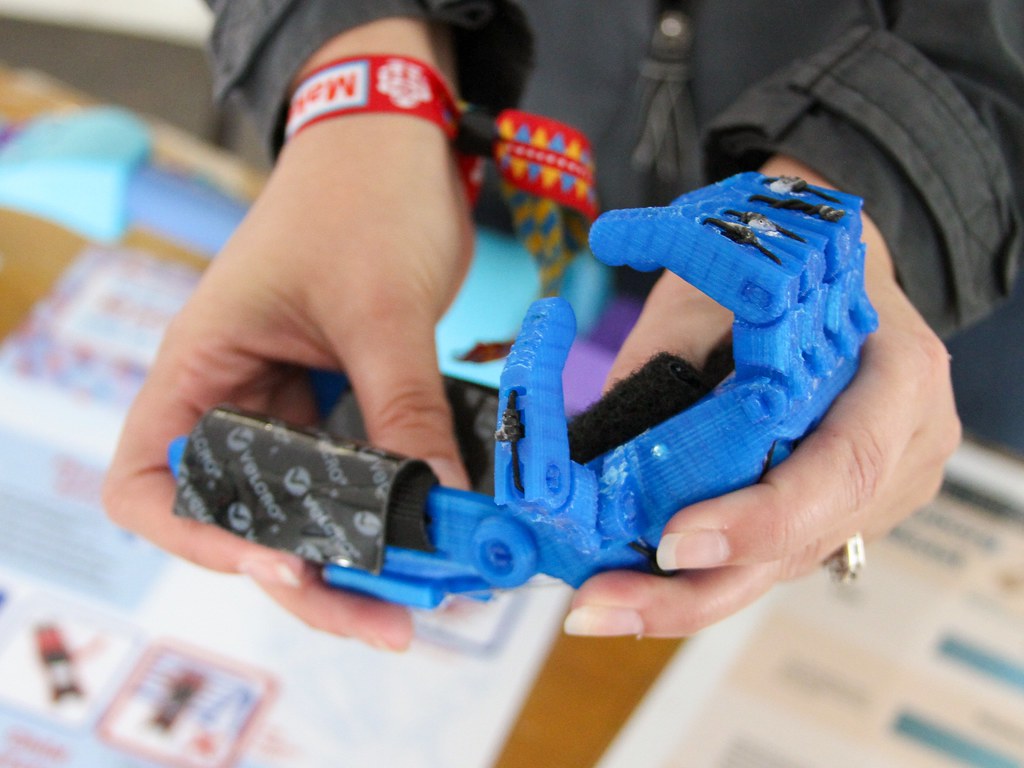
Multipurpose hands have an appropriate level of friction that provides precise information in critically gripping. While human hands can measure and stretch and temperature, robots collect force readings using miniature sensors and report accurate 3D measurements. However, they are not advanced enough to pinpoint the exact place of contact.
Offer: Earn your Electrical Engineering Degree Online through Coursera
Developing Skin-like Materials for Soft Robot Hands
Materials for customized robots are affordable and readily available. Robots are complete with touch sensors, tools to measure tangential forces, vibrations, surface properties, and temperatures. However, it is curial to enable touch detection.
Robots use sensors that are soft in a way that they can bend and extend. With this, flexible and stretchable skins are at most priority in electronics and prototype laboratories. An alternate skin for robots revolves around deducing haptic information. Using an optical sensor, robot hands can render object deformation with a high spatial resolution.
The need to point out the object’s exact position and local geometry, weight distribution is also considered in robotic hand design. Dexterous robot hands are designed through material science research with specificity in soft actuation design, contact sensing, and advanced electronics for the real-time processing of multisensory measures.
Grasping Objects of Various Properties using Mathematics and Biology
When a robot manipulates an object at hand, its grasping is stable. This is a stepping stone in formulating an intricate mathematical expression to optimize positions in the fingertips to ensure accuracy. Most of this theoretical work relies on a 3D model and incorporates imperfections from uncertainty.
Should roboticists go beyond modeling and pursue the data-driven database of grasps, they could employ methodologies putting grasps in hierarchy or ranking in real-time. This kind of approach recognizes perceptual processes and representations for generating a hierarchy of grasp candidates. This kind of heuristic strategy for finding out geometric structures is challenging because it is related to recognition in computer vision but takes grasping as another isolated dimension.
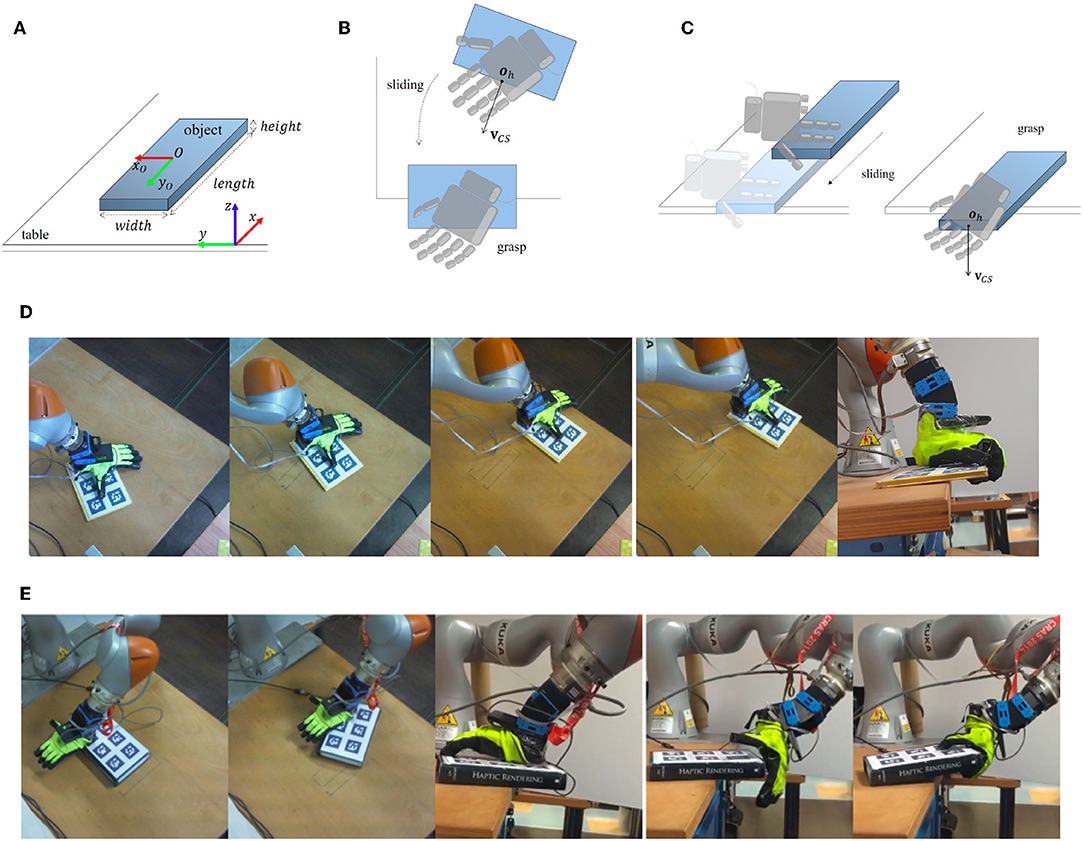
Grasping for robotics is based on biology. Using the human body as a model roboticists can map out effective movements related to body kinetics. These concepts have been used in several studies such as hand analysis, design choice, and control.
Studies have also shown that these models could leverage to grasp and manipulate objects in unstructured environments. It is relatively inexpensive compared to fully actuated hands that do not have the same level of manipulation capabilities.
The ability to deform with the environment can decrease the manipulation cognitive load. This means that robotics manipulation can be studied systematically using morphological computation. Therefore, grasping is not the end-all, be-all.
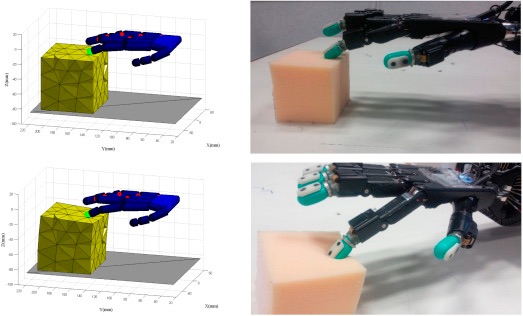
Effectively Manipulate Deformable Objects with Robots in Industrial Environments
Beyond the lab environment, roboticists need to solve problems and identify ways to add grasping features that are beneficial to real-world applications. Even though the overall objective is object manipulation, grasping correctly with an End-of-Arm (EoA) tool requires natural movement and aesthetics. Robots with these capabilities can perform household and industrial tasks without undesirable uncertainty.
One of the goals is to learn how robots perform in cluttered environments and contact-rich spaces. An area of focus is finding, moving, and manipulating objects in confined spaces. Recognition and perception are paired with manipulation to perceive to achieve better results.
Want to get started in robotics? Become a Full-Stack “Junior Roboticist” in as little as 3 months. No prior experience necessary!
Human-Collaboration with Robot Manipulators
Human-robot collaboration has been crucial for the automation industry despite the safety around entering the robot’s environment. With new technologies and innovations, companies are introducing roles where humans work alongside robots to perform tasks. However, there may be potentially dangerous scenarios that need to be solved and addressed.
Out of the box, robots have manipulators that cannot detect unexpected collisions or contact with humans. However, once paired with safety feedback systems or force-feedback, humans can work alongside robots to perform various tasks.
For maneuvering weight, applications require weight management coupled with external system vision to monitor objects or human presence. However, the accuracy of detecting humans remains a challenge. Therefore, one of the best solutions is to combine force proximity sensing with vision-based monitoring.
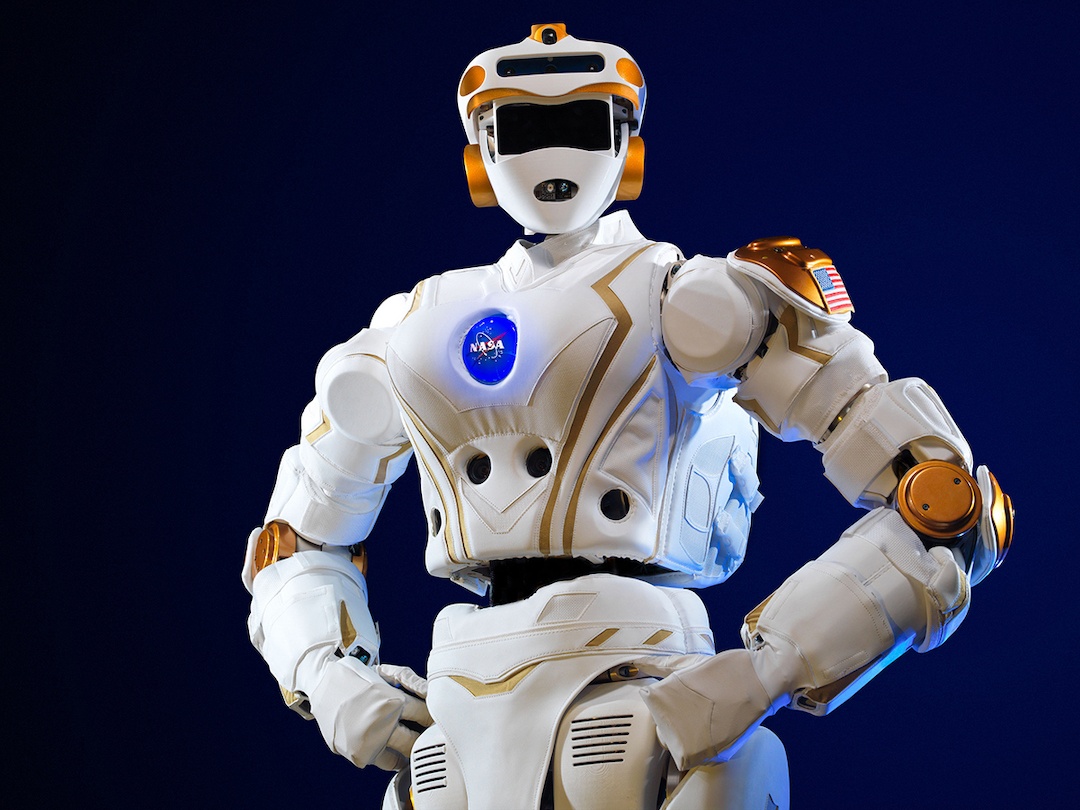
Robots can manipulate moving objects in collaboration with humans. Interactive manipulation poses plenty of challenges. A robot must be able to hold and move objects carefully so that it can infer human movement. It may seem simple, but it entails several complex functions to guide the robot properly. It spans from grasping to related social factors and awareness. Several research efforts are focused on robot manipulation with human assistance that conceptualizes humanoid robots and mobile manipulators.
Related: Take hundreds of robotics and technology courses when you enroll in Coursera Plus.
What this Means for Robotics and Automation as an Industry
With all the advances in robotics manipulation, the main goal is to achieve better perception and adaptive control for consistent and reliable industrial applications.
Robots can help guarantee a standard of performance while ensuring consistency and reliability in the workforce. While research still needs to be completed, this outlook will require advanced and detailed human body movement tracking to understand how humans achieve direct physical interactions with planning and collaboration.
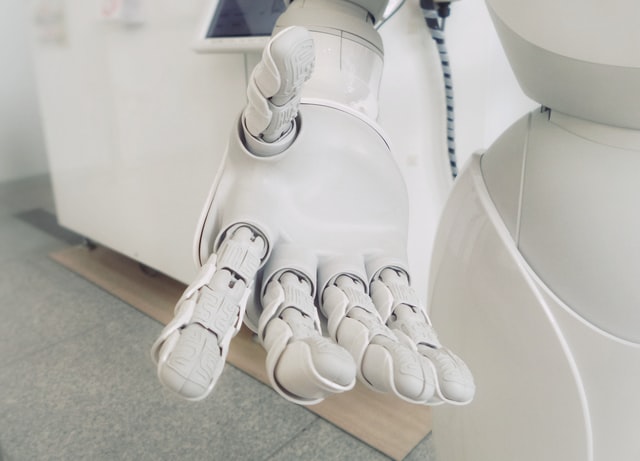
Demand for safety by design and focus on lightweight and soft structures requires a specific methodology on multi-sensory feedback. As a result, we can expect to see significant advances across robot manipulation, automation, and manufacturing in the years to come.

